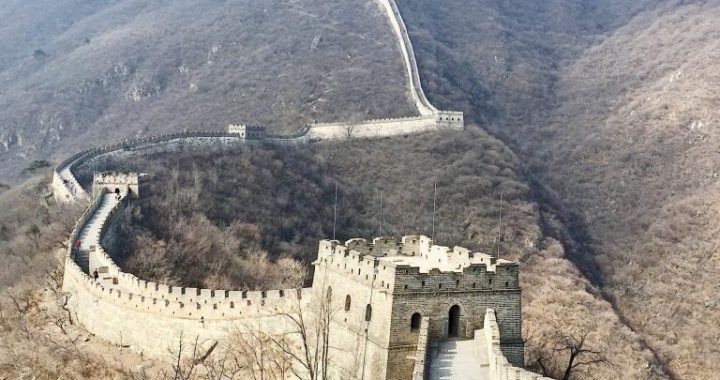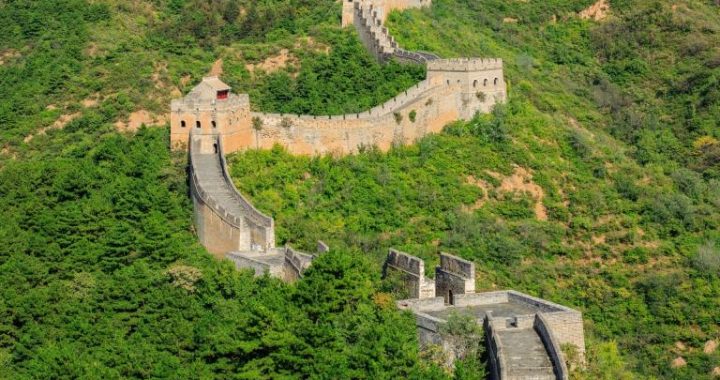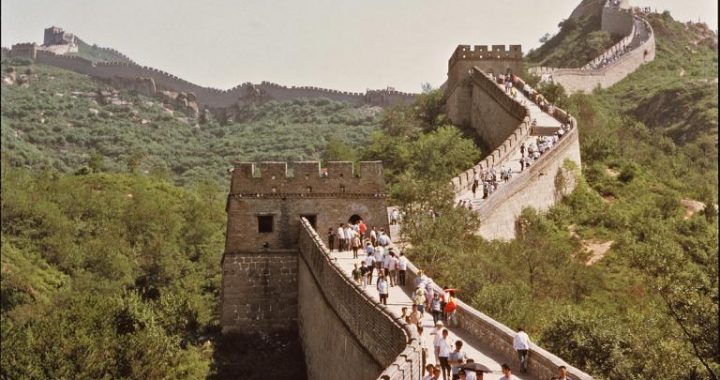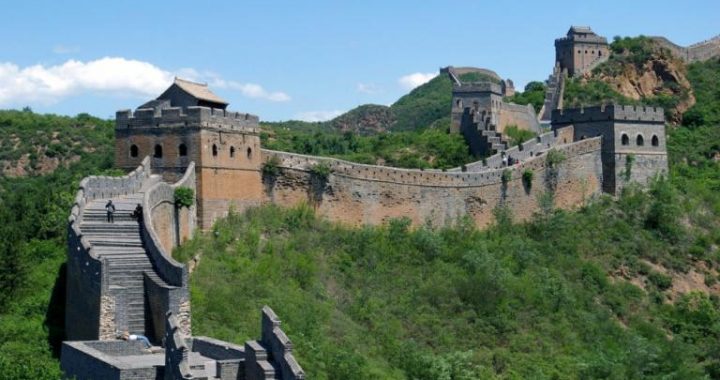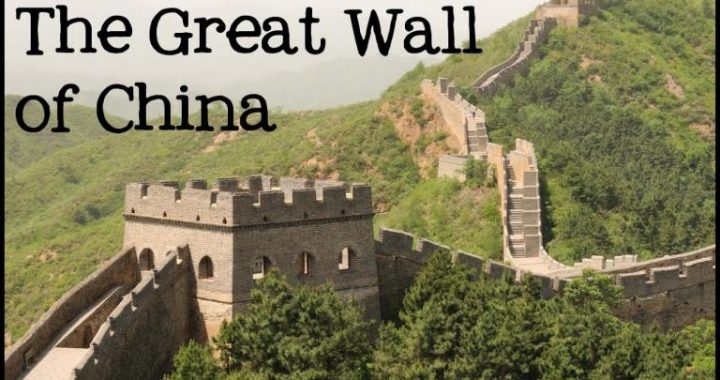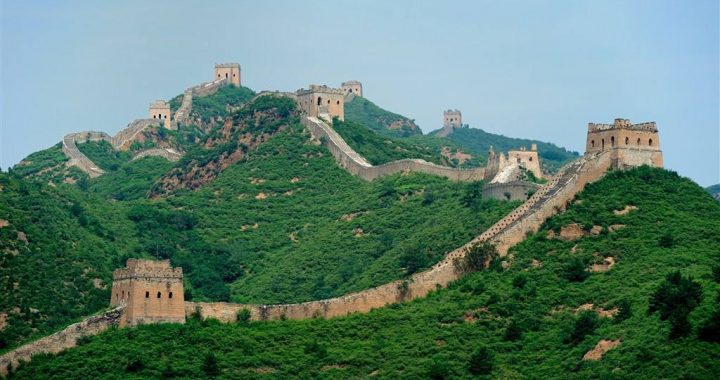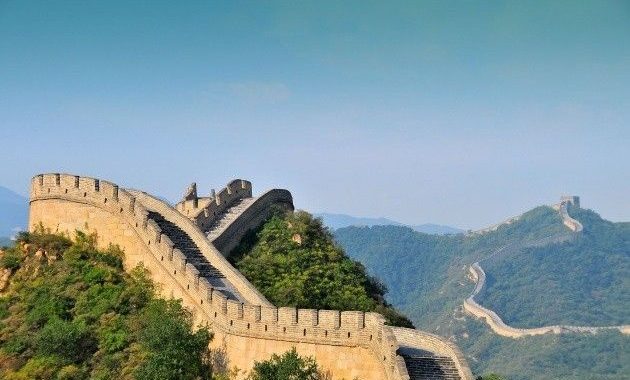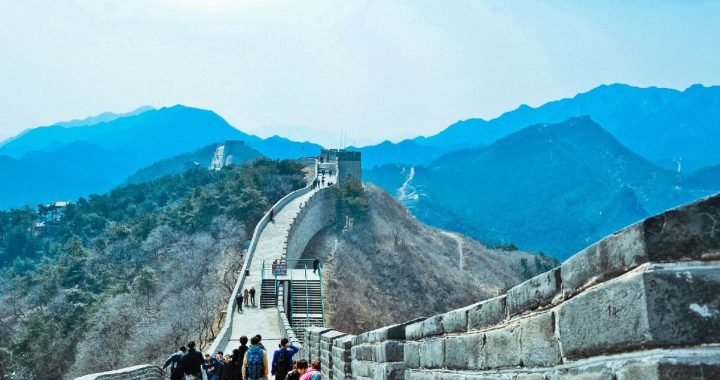The Great Wall,a Symbol of China
5 min readJust before we come to the end of the historic journey, allow me to look back at the Chinese civilization in virtue of the Great Wall. The Great Wall went through more than 2,500 years of the Chinese history and bestrides the vast terrain over a dozen of provinces in northern China.
The Great Wall is a great military fortification project in China that is regarded as a miracle in the history of ancient architecture.
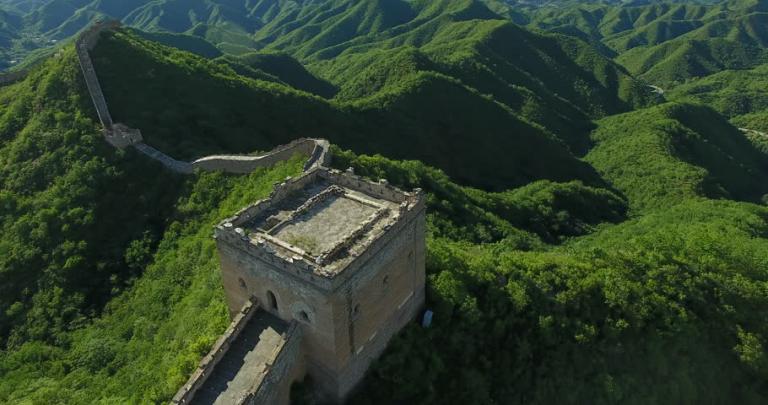
The Great Wall was first built from the Spring and Autumn and the Warring States periods back in the 5th century BC. The northern states built walls as fortification against each other.
In the 3rd century BC, the Qin Emperor unified China and sent Meng Tian with 300,000 troops to drive out the Huns to the north. Meng Tian connected the broken segments of the Great Wall from Liaodong to Linyao of Gansu and continued the construction to prevent aggressions from nomads of the north. Some of it still survived till today. From then on the Qin Emperorhas been regarded as the first emperor that built the Great Wall. Throughout the dynasties, the Great Wall has been constructed and reconstructed continually until the middle Ming Dynasty in the 17th century. The whole process lasted two thousand years. The existent Great Wall starts from Jiayu Pass of Gansu and ends at Shanhai Pass of Hebei. The length of the Great Wall is 6,300 kilometers, about 13,000 miles, thus gets its name of”10 thousand miles Great Wall.”The construction of the Great Wall is the result of hard labor and sacrifice of Chinese people through the dynasties. It had become a symbol of Chinese civilization. The Great Wallis listed among the world heritage sites. During the architectural contest of the New SevenWorld Miracles in 2006, the Great Wall was ranked number one. The Great Wall is a must-visit site for tourists worldwide when they come to China and Beijing. Many of them put on T-shirts with Mao Zedong’s poetry saying “you are not a man until you climbed up the Great Wall”when they happily ascent the steps of the Great Wall. The experience becomes unforgettable.
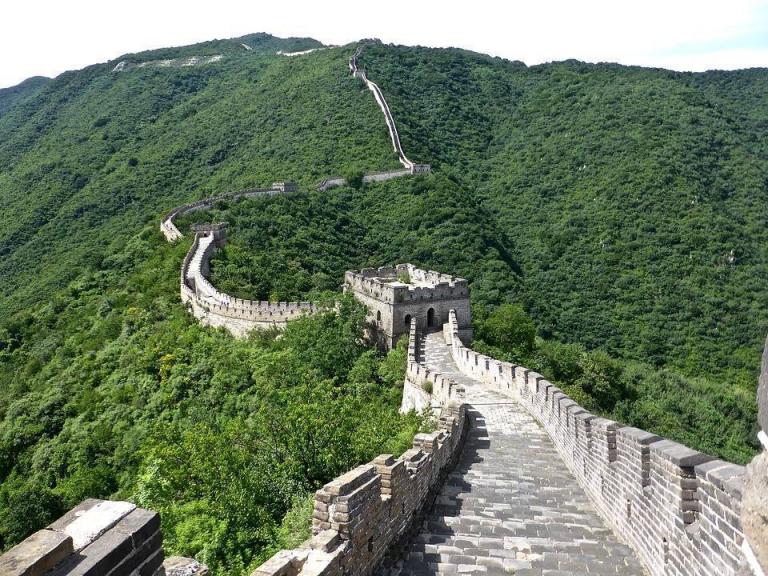
The Great Wall is not an isolated rampart.It is an integrated military fortification consisted of passes,enemy watch towers,smoke frusta,etc.The building during the past dynasties all followed the rule of”constructing the forts to be dangerous and difficult according to the terrains.”The passes were built either between cloughs and cliffs or at the turn of rivers or at traffic fortresses.In the Ming Dynasty,the fortification system had become extremely rigorous.The wall was built with bricks,with a height of 10 meters and width of 5 meters.There are enemy watch towers every other 30 to 100 meters on the wall.The towers include two kinds,solid and hollow.On solid towers,one can shoot on top only.In hollow towers,soldiers can stay in the underlayers and shoot on top.The watch towers also include rooms for ordinance and forage storage as well as channels for soldier passage.Fortresses in the form of smoke frusta were built on walls on the high mountains.In case war breaks,smoke frustas at the battle front would give alarm and spread rapidly throughout the army.The soldiers run through channels that allow ten persons to pass at the top of the wall,and shoot at the battlement windows.On the traffic main drags along the Great Wall there are passes that were guarded with a large number of forces.For example,in the Ming Dynasty,nine towns of military importance were set up.They are Liaodong Town,Jizhou Town,Xuanfu Town,Datong Town,Taiyuan Town,Yulin Town,Ningxia Town,Guyuan Town,and Gansu Town.These towns guarded the Great Wall to its responsible districts and subsections.Famous passes include Shanhai Guan,Juyong Guan,Jiayu Guan,etc.
Badaling Great Wall is located at Yanging County at the northwest of Beijing.Its altitude is 1,015 meters and a pass was built on it.There are two gates at the east and west of it.Thewalls were built by the hills according to the circumstance.The wall is grand and firm with abase of stone bars.The huge brick wall was filled with mud and blocks.The top floor is spread with square bricks tightly embedded.Juyong Guan Great Wall is located at Changping County.
It is a main pass of the Great Wall due to its strategic place.There is a saying that describes its toughness,”one soldier guards the pass and ten thousand soldiers can not get through.”Thus it had been a pass that’s been fought over throughout the dynasties.The height of the wall is averaged at 8.5 meters, the thickness is 6.5 meters, the width of the top is 5.7 meters. It can allow five horses or ten soldiers to pass at the same time. The trees and blossoms are luxuriant on the hills, so the”green of Juyong”had become one of “Beijing’s Eight Sceneries.”Jinshanling Great Wall is located at Luanping County of Hebei Province. Legend says that it was built by Qi Jiguang and Tan Lun who were famous generals against the Japanese pirates. It is approximately 30 kilometers long winding along the hills. The platform of the signal fire is grandly constructed. Passes were installed densely and there are 158 fortresses. Shanhai Guan is the east starting point of the Great Wall and it’s located at the northeast of Qinhuangdao of Hebei Province. It is an inevitable pass between Huabei and the northeast of China. In 1381, General Xu Da of the Ming Dynasty built the Great Wall at this spot and established the pass tower. To Guancheng’s north is the green mountains of Yanshan. To its south is the onrushing Bohai Bay.
There are four town gates and the stele on the east gate says “Number One Pass in the World.”
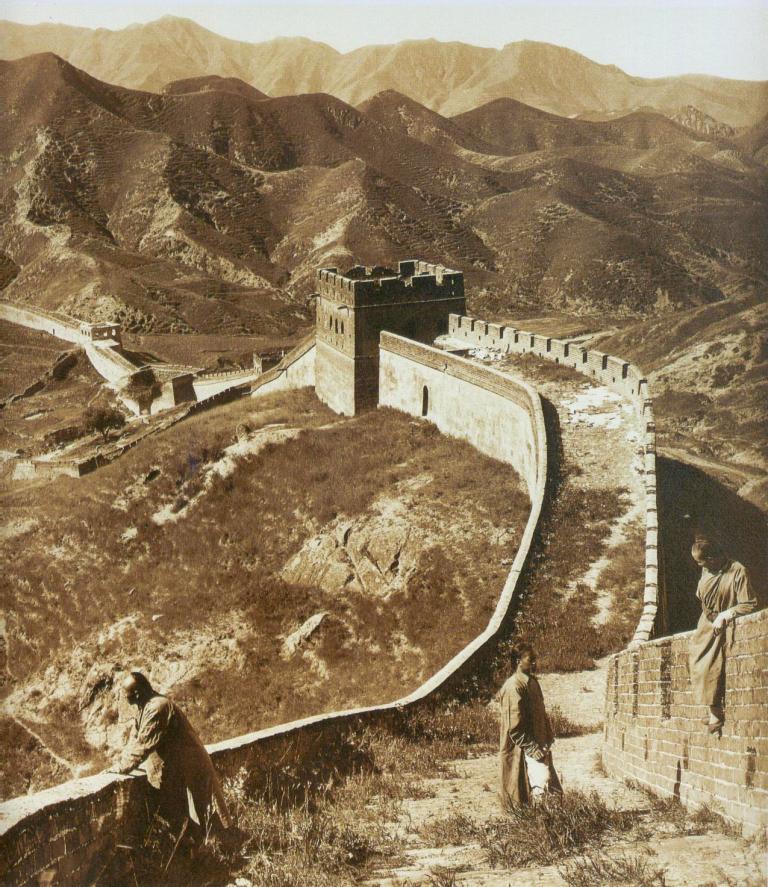
The west end point of the Great Wall is Jiayu Guan. It is located at the southwest of Jiayu Guan Town on the Gobi desert of Gansu Province. Built in 13 72, it’s on a strategic spot and grandly constructed. It’s the first important pass on the Hexi Corridor and an inevitable stop on the Silk Road.
The Great Wall represents the diligentness and wisdom of the Chinese people in the past.
Although it has lost its military value for a long time, it nevertheless reflects the dignity, confidence, and independence of the Chinese people. With such spirit and will, the Chinese people can realize a new century of brilliance.
